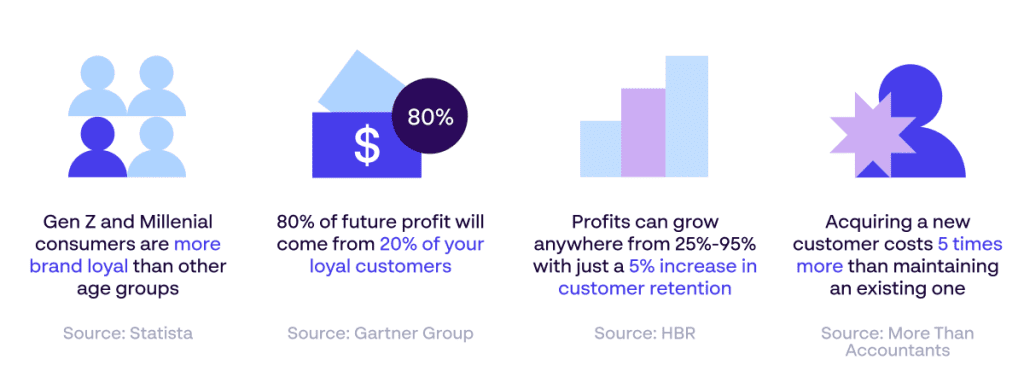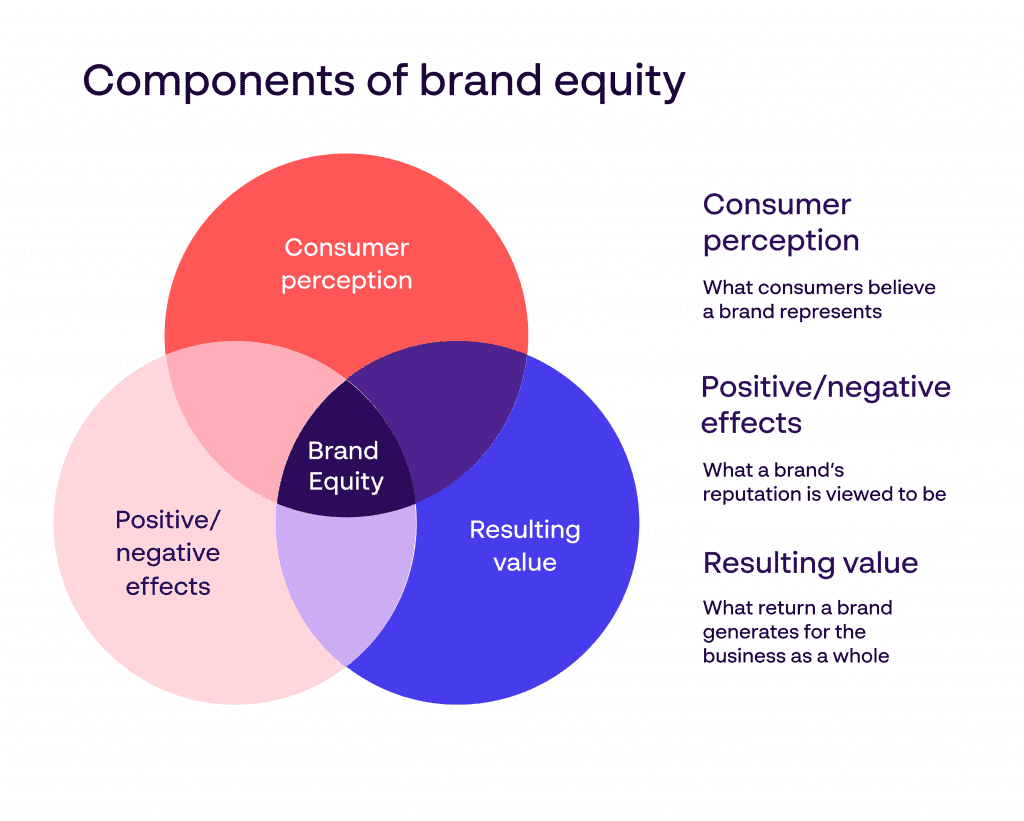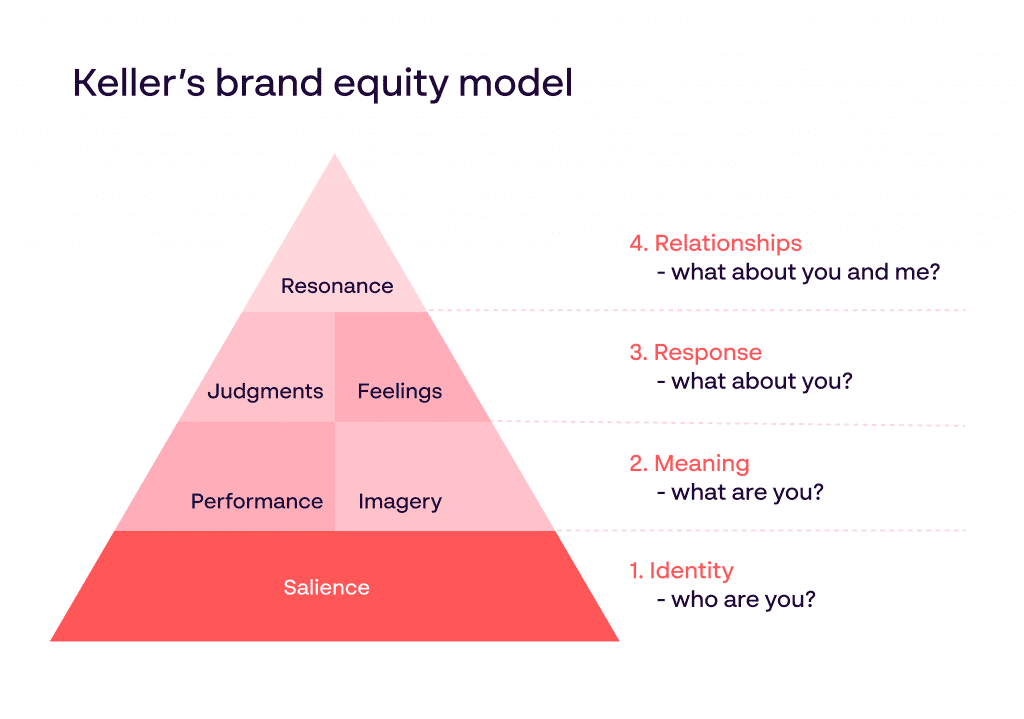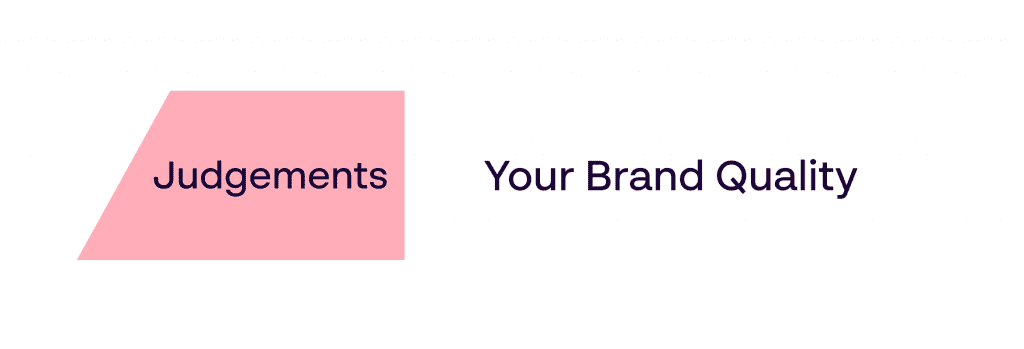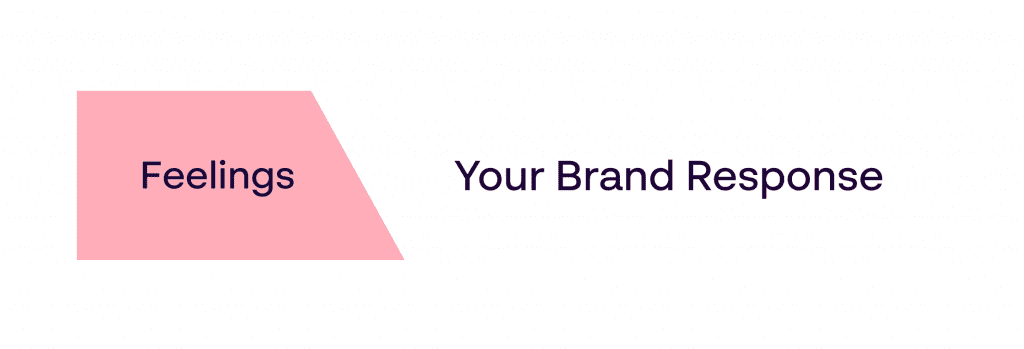Your corporate communications team plays a critical role in shaping how the world sees your brand – yet their contributions are often misunderstood or undervalued.
In the last couple of decades, we’ve seen an explosion of choice in available marketing channels. Combine that with increasing competition and rising pressure to maintain strong, consistent brand equity across customers, employees and the general public, and the role of communicators has never been more important.
Think about the breadth of what your corporate communications function covers:
- Maintaining and translating your brand across all audiences
- Managing media relations – from press releases to interviews
- Monitoring mentions across platforms and responding to misinformation
- Promoting your corporate social responsibility (CSR) efforts
- Shaping your online brand image across web and social
- Managing crisis communications if serious issues emerge
- Connecting internal teams to your brand and each other
That is a lot of responsibility placed on one department. It is no surprise the industry is valued in the billions – and that teams are growing to keep pace. But without clear, focused objectives, even the best communicators can lose focus or direction.
That’s why setting tangible, business-aligned goals is vital to helping your communications team drive brand equity. Below, we explore five core goals to guide their strategy, along with practical metrics to track progress and performance.
What does a corporate communications team do?
Your communications team defines how your brand is seen – both internally and externally. It’s about more than delivering updates or managing media. It’s about creating clarity, building customer loyalty and trust, and protecting reputation in a fast-changing world.
This function typically splits into two core responsibilities:
- External communication focuses on messaging for customers, media, and the wider public. It’s the foundation of your brand reputation on local, national and global stages.
- Internal communication centers on what’s shared inside your company. It’s about aligning leadership, employees and stakeholders through consistent updates and a unified brand experience.
It’s a high-stakes balancing act. As channels multiply and expectations rise, the ability to shape culture, reinforce values, and respond in real time has never been more important – or more challenging.
Yet Gartner reports that only 9% of today’s communication leaders believe they can shape company culture effectively. That’s a critical gap, especially in globally distributed teams.
Setting the right objectives is essential. It’s also critical to align them with business strategy and give your Director of Communications a seat at the executive table to ensure every message reflects your brand identity, vision, and long-term goals.
Here are some clear communication goals and metrics to help your team stay focused, impactful and aligned.
5 brand communication goals for corporate comms teams
1. Strengthen your brand equity
Your communications strategy should always have brand reputation at its core. Ensuring this goal is front and center helps embed it into every message and channel your team manages.
Metrics to track
- Brand mentions on social media
- Google Trends data linked to your brand
- Number of press releases being picked up by external websites
- Online reviews and public sentiment
2. Deepen employee engagement
Increasing employee engagement should be one of the key objectives of your internal communications team. Employees perform better when they feel a strong emotional connection to your organization and brand.
Metrics to track
- Employee retention rates
- Open and click-through rates on internal emails
- Responses on employee surveys and feedback forms
- Participation in training, company events, and team activities and after-work social activities
3. Encourage employee advocacy
Your people are your most powerful storytellers. A key goal for your corporate communications team should be to inspire employees to share company news, successes, and more. It’s one of the most effective ways to get people outside your organization to listen and respond.
Metrics to track
- Brand mentions on social media
- Posts featuring employees and company activities
- Likes and shares on employee-led content
4. Increase traffic and leads for your company
Corporate communications should contribute to overall brand marketing performance. By aligning messages with strategic campaigns, your team can help attract the right attention and drive action.
Metrics to track
- Website traffic numbers
- Marketing- or sales-qualified leads generated
- Growth of email database
- Website analytics goals attributed to the corporate communications team
5. Accelerate crisis communication response
In a digital world, issues spread fast. Having a goal focused on improving the speed and clarity of crisis responses ensures your team can protect your brand image when it matters most.
Metrics to track
- Time taken from incident to initial response
- Public and media reaction to statements or press releases
How DAM software helps produce more consistent brand communications
These five goals offer a practical framework to help your corporate communications team focus their efforts and measure their impact. With a fast-evolving media landscape and growing global footprints, their role is only set to become more central to business success.
But objectives alone aren’t enough. To realize these goals, teams need the right infrastructure – tools that support clarity, consistency and speed at scale.
It starts with a Digital Asset Management software. By centralizing brand guidelines and assets, and allowing users to access them through a global brand portal, you’ll make it easy for everyone to visualize, understand, and follow your corporate brand.
Next you need effective content creation tools. The only way to achieve all five goals above is if your teams are empowered to create studio-quality content – without ever straying off brand. This is exactly what Papirfly’s templated content creation solution is designed for, ensuring every corporate communications message is on-point and on-brand.
Not sure what to look for in a DAM?
We’ve got you covered
Not sure what to look for in a DAM?
We’ve got you covered.
Not sure what to look for in a DAM?
We’ve got you covered.

FAQs
A corporate brand communication team manages how a brand is perceived both internally and externally. They handle media relations, brand messaging, crisis response, and internal updates. They also ensure brand consistency across all touchpoints.
Strengthening brand equity builds brand recognition, customer loyalty and long-term brand value. By aligning communications with brand reputation goals, teams ensure every message contributes to a unified and credible brand identity.
Effective internal comms help keep employees informed, aligned, and connected to the brand’s purpose. This boosts retention and morale – and ultimately drives performance.
When employees share brand messaging authentically, it expands the reach and credibility of your brand. As brand ambassadors, your team members help to amplify news, culture, and values with trusted voices.
Corporate comms teams can use Digital Asset Management (DAM) systems and templated content creation tools to streamline communication workflows, ensure brand consistency, and enable rapid, on-brand responses – especially during crises.





